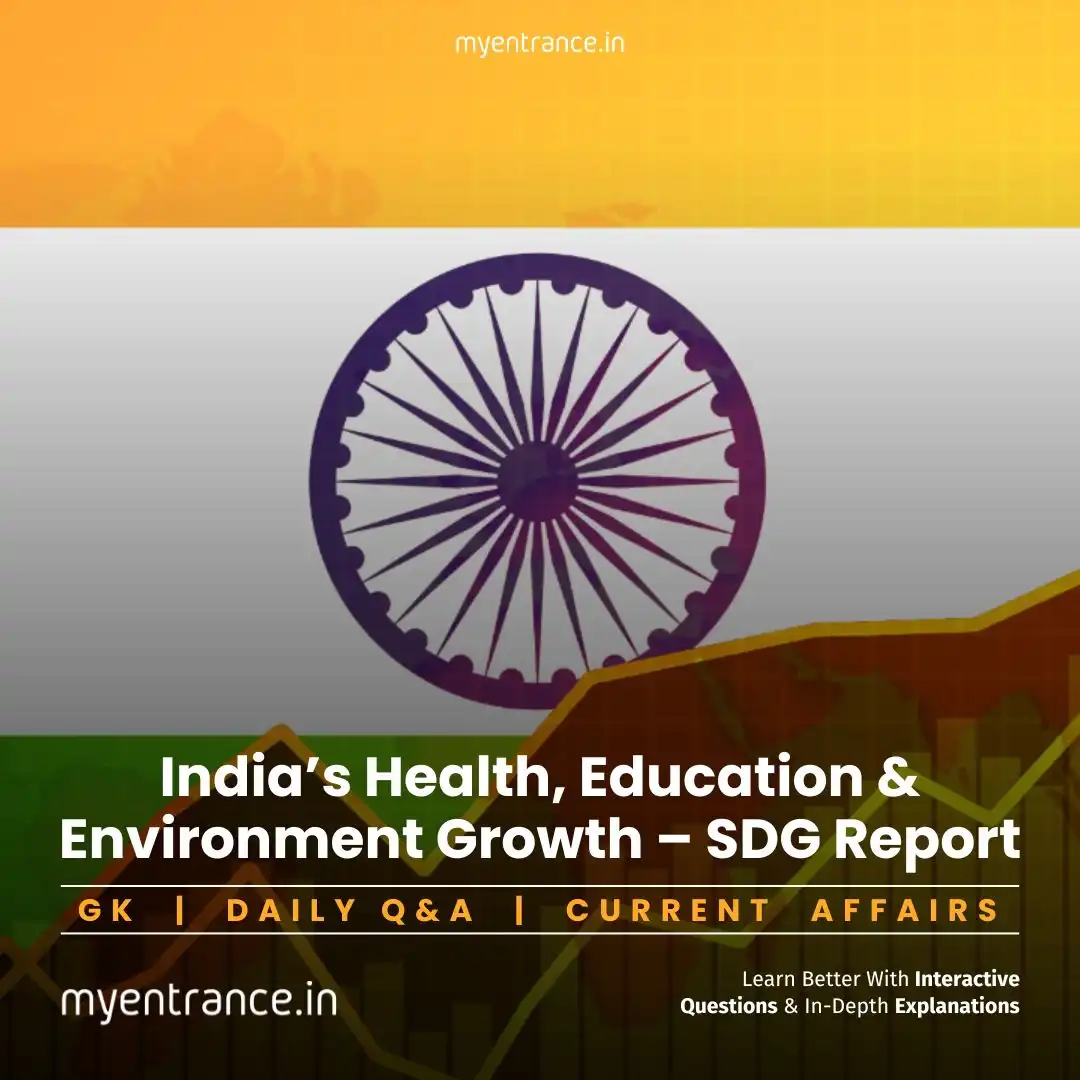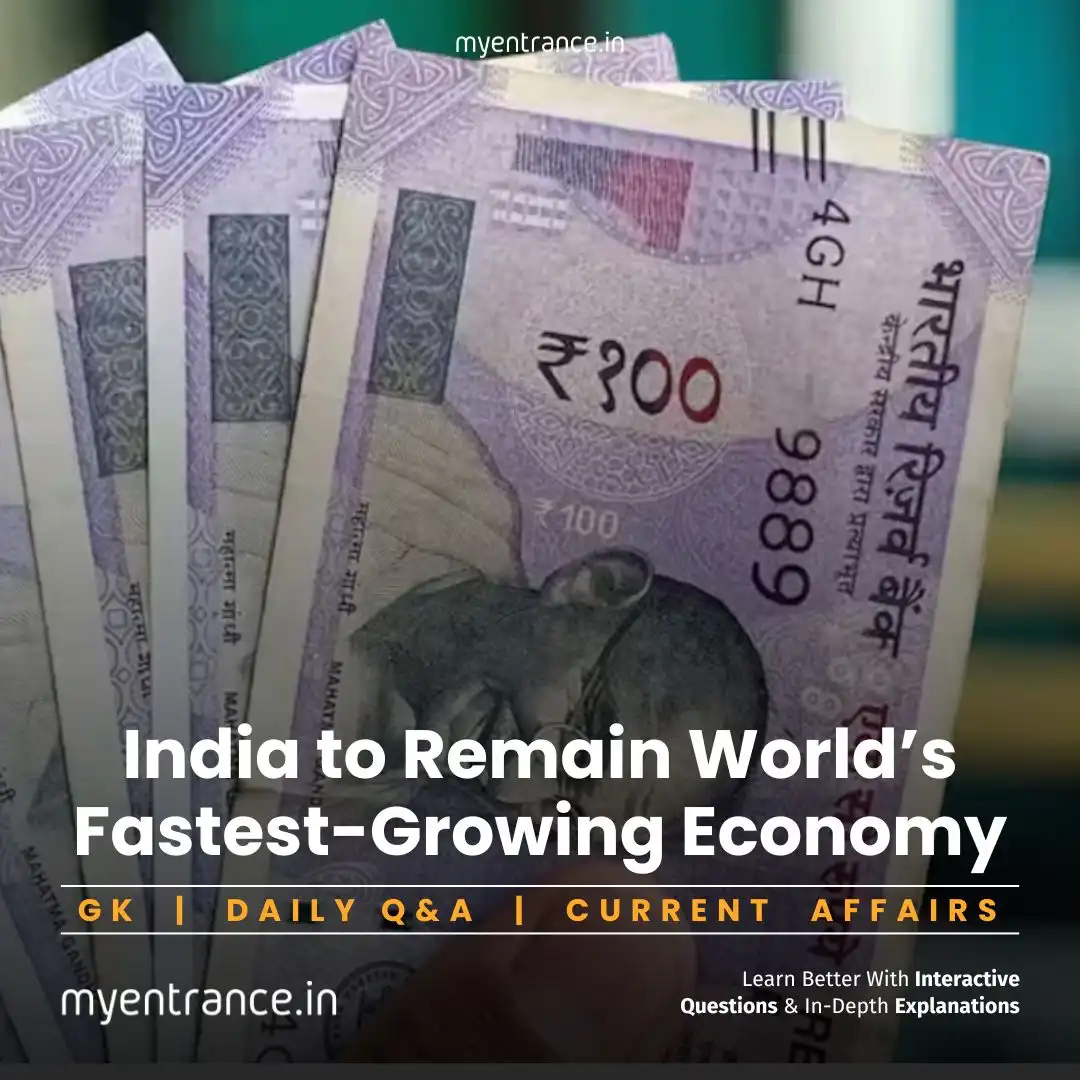Select Language
How India’s Constitution Was Framed: A Complete Guide for Competitive Exams: Sample Q&A
The Indian Constitution is the backbone of the world’s largest democracy, meticulously drafted by the Constituent Assembly. This historic document reflects India’s diversity, democratic values, and commitment to justice, liberty, and equality.
Composition of the Constituent Assembly
The Constituent Assembly was formed to draft India’s Constitution, with members elected from undivided India. Key aspects include:
First Meeting: Held on December 9, 1946, and reconvened on August 14, 1947, after Partition.
Membership: Initially, 389 members were elected, but after Partition, the number reduced to 299.
Representation: Seats were allocated based on population—292 from British provinces and 93 from Princely States.
Religious & Social Diversity: Included members from all religions, 28 from Scheduled Castes, and a mix of political ideologies.
Final Adoption: The Constitution was adopted on November 26, 1949, and signed by 284 members on January 24, 1950, before coming into effect on January 26, 1950.
The Principle of Deliberation
The Constituent Assembly functioned on democratic principles, ensuring thorough discussions:
Democratic Debates: Every clause was rigorously debated, reflecting India’s commitment to democracy.
Inclusive Discussions: Members prioritized national interest over regional or communal biases.
Universal Suffrage: Unlike other provisions, the introduction of universal adult suffrage was passed with minimal debate.
Public Engagement: Debates were open to the press and public, ensuring transparency.
Key Committees & Leadership
Several committees worked on different aspects of the Constitution:
Major Committees: Headed by leaders like Jawaharlal Nehru, Rajendra Prasad, Sardar Patel, and B.R. Ambedkar.
Collaboration Despite Differences: Despite ideological clashes (e.g., Ambedkar’s criticism of Congress), consensus was prioritized.
Duration: The Assembly met for 166 days over 2 years and 11 months.
Salient Features of the Indian Constitution
Federal System with Unitary Bias
India follows a quasi-federal structure with a strong central government.
Described as a “Union of States” (Article 1), meaning no state can secede.
Parliamentary Democracy
Features include:
Nominal (President) and real (Prime Minister) executives.
Collective responsibility of the Council of Ministers.
Representation of ministers in the legislature.
Sample Questions & Answers
Q1: When did the Constituent Assembly first meet?
A: The Constituent Assembly first convened on December 9, 1946.
Q2: How many members signed the final Constitution?
A: 284 members signed the Constitution on January 24, 1950.
Q3: What was the role of the Cabinet Mission in forming the Assembly?
A: The Cabinet Mission Plan (1946) proposed the framework for electing members to the Constituent Assembly.
Q4: Which feature of the Indian Constitution was passed without debate?
A: Universal adult suffrage was introduced with almost no debate.
Q5: What is unique about India’s federal structure?
A: India has a federal system with a unitary bias, meaning states cannot secede, and the Centre holds significant power.
Most Predicted Questions
Comprehensive study materials, Expert-guided tips & tricks, Mock tests and instant results.
Start your SSC, NIFT, NID, FDDI, PSC journey today with MyEntrance, your ultimate online coaching platform.








